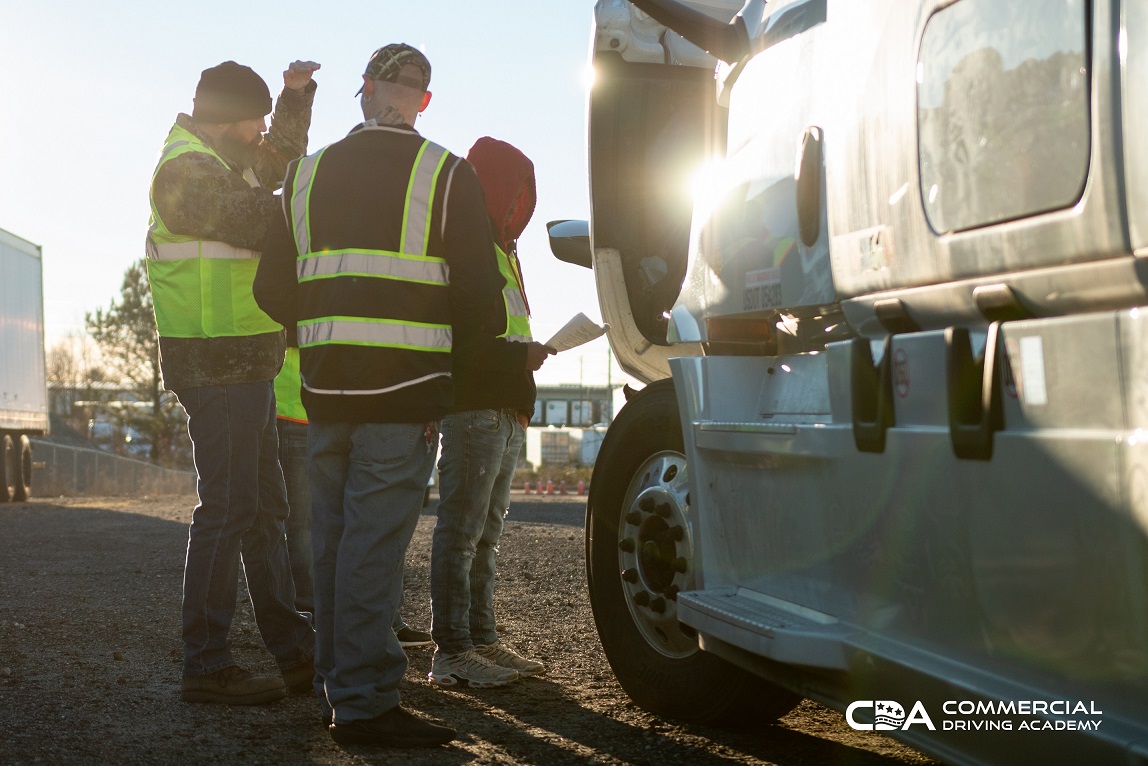
As of February 7, 2022, The Federal Motor Carrier Safety Administration(FMCSA) updated the requirements to obtain a new Commercial Driver’s License or upgrade an existing one. The FMCSA established the Entry-Level Driver Training(ELDT) rule to help streamline the training of new drivers and increase safety standards across the United States.
What is the Entry-Level Driver Training?
The FMCSA implemented ELDT to increase new drivers’ safety and training standards across the US. Facilities that previously provided training and testing for individuals were required to submit an application to the FMCSA and be approved to continue providing the training and licensing of new drivers.
Drivers who have previously received a Class B Commercial Driver’s License but wish to upgrade to a Class A Commercial Drivers License will be mandated to follow the ELDT requirements. The new ELDT standard includes training that covers both classroom training and behind-the-wheel training on the road. You can find out more by the link: https://tpr.fmcsa.dot.gov/content/Resources/ELDT-Curriculum-Summary.pdf. For students to qualify as proficient and test for their CDL, they will be mandated to achieve an 80% or higher on the exam. Every student must receive a certification from their instructor, classifying them as proficient and documenting the number of hours the student has completed behind the wheel before the student is qualified to take their CDL exam.
Where can you receive training?
The FMCSA announced that it released a list of schools approved to provide the Entry-Level Driver Training. Commercial Driving Academy offers approved courses in South Carolina, Oklahoma, and Georgia. To be accredited to take the Class A CDL exam, drivers must attend an approved ELDT course.
The Class A CDL course offered at Commercial Driving Academy requires 160 hours and four weeks to complete. Throughout your four-week course, you will spend time in the classroom and behind the wheel with your instructor to ensure you are prepared for your exam’s written and driving portion.
If you wish to add on new endorsements with your Class A CDL, such as Hazmat(H), this will all be covered throughout your training for you to be tested.
Can you have a Class B and a Class A CDL?
There are slight differences between a Class A and a Class B CDL. While a Class A CDL may allow you to operate most vehicles that a Class B allows, you may need a few endorsements. Here is the difference between a Class A and Class B Commercial Drivers License:
Class A:
A class A Commercial Driver’s License allows holders to operate vehicles with a gross combination weight rating(GCWR) of 26,001 pounds or more, provided the towed vehicle’s gross vehicle weight rating(GVWR) is more than 10,000 pounds.
Class A CDL holders are eligible to take additional exams to obtain various endorsements, including Hazardous Materials(H), Tanker Vehicles(T), Passenger Vehicles(P), Doubles and Triples(T), and the combination endorsement for both Tanker Vehicles and Hazmat Materials(X).
Class B:
A Class B Commercial Driver’s License allows holders to operate any straight vehicle with a gross vehicle weight rating(GVWR) of 26,001 pounds or more. Class B holders may also use any other vehicle towing a trailer or vehicle that does not weigh more than 10,000 pounds.
Class B holders, like Class A holders, also have access to various endorsements for their licenses. The endorsements available to a class B holder include Hazardous Materials(H), Tanker Vehicles(T), Passenger Vehicles(P) and the combination endorsement for both Tanker Vehicles and Hazmat Materials(X).
For Class B CDL holders, the primary advantage of upgrading your license to a Class A CDL is the increase in GVWR that you are allowed to operate and the (T) endorsement for doubles and triples. Once you have obtained a Class A CDL, you will have the ability to do everything your Class B allowed you to do, plus some.

